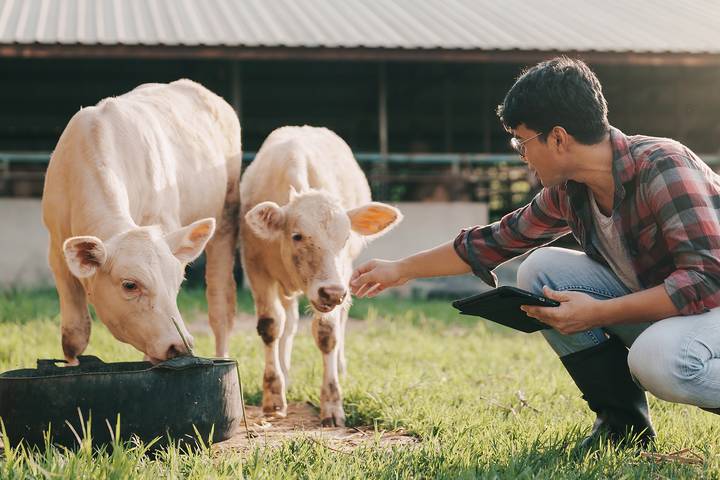Raising beef cattle is hard if you are considering starting your operation. Those starting as beef cattle producers must skillfully manage and respond to land, labour, capital, feed, and overall farm management challenges.
Beef cattle can be purchased at beef cattle sales held fairly regularly nationwide. You can also contact a breeder directly and purchase from them. There are also local auction barns, although the animals purchased at such places aren’t always in peak health. In finding cattle, you’ll want a breeding male that complements the female, which will likely improve herd genetics.
From understanding where to find beef cattle to how to select beef cattle and the farm equipment required to generate a profit, here is your guide on how to raise beef cattle.
Breed of Beef Cattle
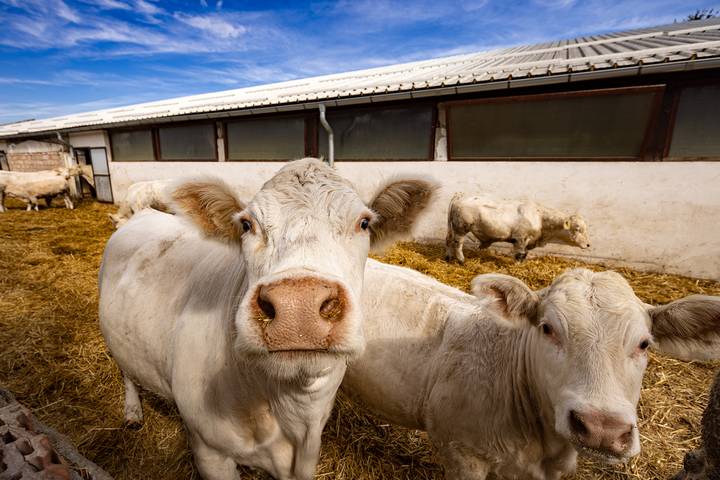
Determine the breed you want to raise. Consider what the market is looking for regarding beef cattle breeds you can raise that are most likely to generate a profit. Each breed has its requirements in terms of climate and feed as well. All of these plays will play into your decision. Whether you want beef cattle to produce meat or generate seed stock, they’ll be raised similarly.
Clean Water
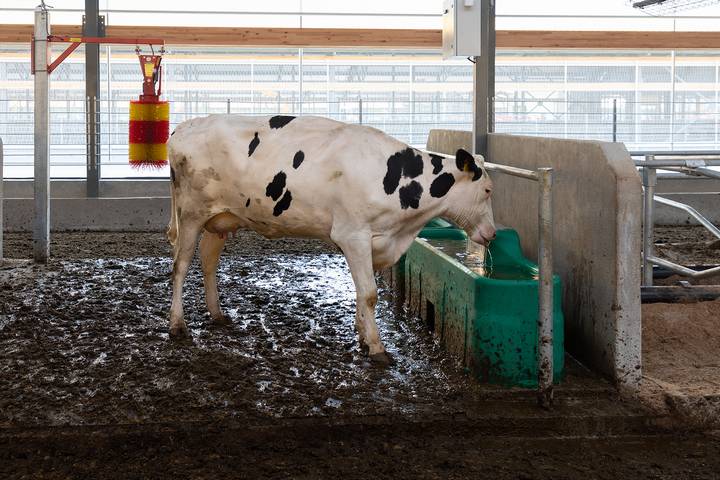
Cattle need ongoing access to fresh water to stay hydrated and healthy. Cattle waterers are a must-have because water is cattle’s most important nutrient. Bad-quality water or not enough decreases feed intake and animal performance. The water you give them should be fresh, clean, and available at all times of the day. You will also want access to electricity to heat the water during cold months.
Land
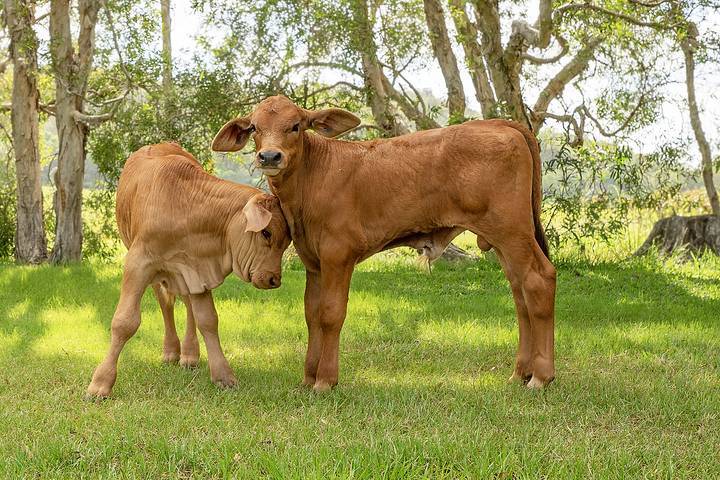
Each cattle should have a few acres of pastureland, depending on the size you have available. The land will need appropriate fencing to keep your cattle safe. The type of fencing you choose will depend on the land’s terrain and the herd’s size. Regarding pasture systems, cattle should be moved to new sections regularly. Rotating pastures is also important to ensure nutrients from manure are spread out and that resources are utilized efficiently.
Shelter
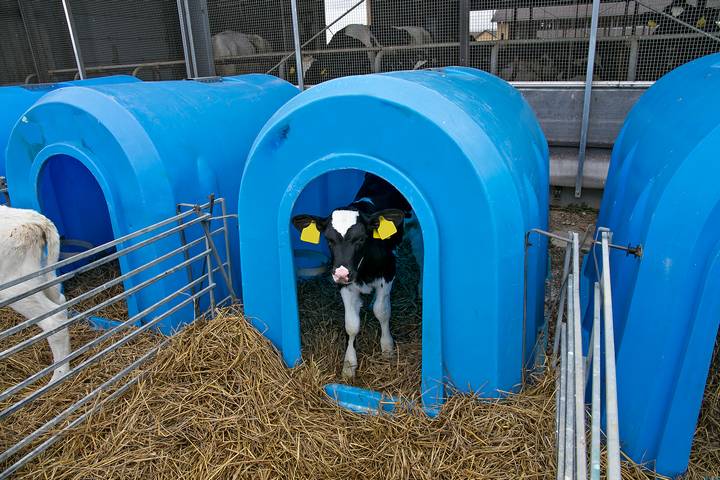
Cattle need adequate shelter and bedding. Housing is among the most important parts of beef cattle infrastructure. While cows are hardy animals, when inclement weather arrives, they should still have a barn or similar protected area where they can go and escape the elements. Any such shelter should be well-ventilated, clean, and dry.
Feeding Programs
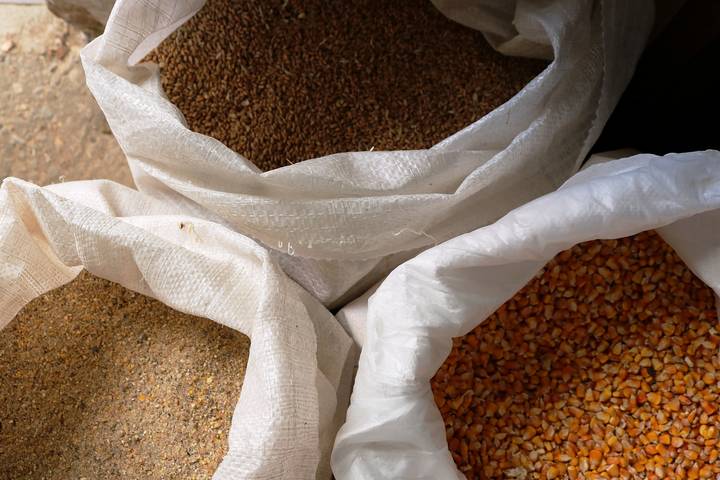
Your cattle’s nutrition needs to be met every day. A feeding program will involve grazing on pastureland and supplemental feeding with hay, silage, or grain. All cattle need water, protein, carbs, fats, vitamins, and minerals. To ensure all are getting fed, you will need a good-quality feeder. Decide whether you want 24/7 access to it or only to provide access during specific times of the day.
Connect with a Vet

A vet can check beef cattle health and provide vaccinations, parasite control, and advice on disease prevention. This is all a part of monitoring your cattle’s health and knowing what irregular behaviour looks like. Signs of illness, injury, and stress should be identified and handled promptly.
Healthcare Tools
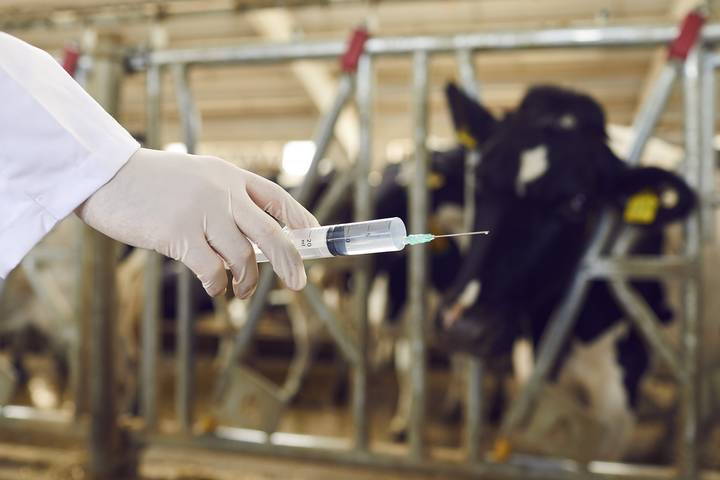
Caring for beef cattle may involve tagging, vaccinating, dehorning, castrating, and deworming. You will need basic equipment, including tags, tagging pliers, syringes and needles, elastrator bands, band expander tools, and a drench syringe or drench gun. You may want to connect with your vet to determine your needs.
Maintain Cleanliness
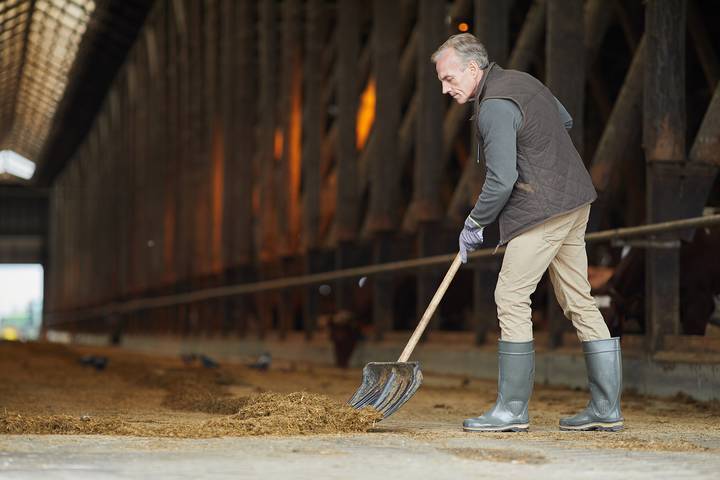
Keeping your beef cattle operations clean and well-maintained is key to limiting the spread of disease. Ensure you’re doing things like sanitizing, limiting access to visitors, routinely cleaning equipment, and isolating any animals you discover are sick.
Keep Daily Records
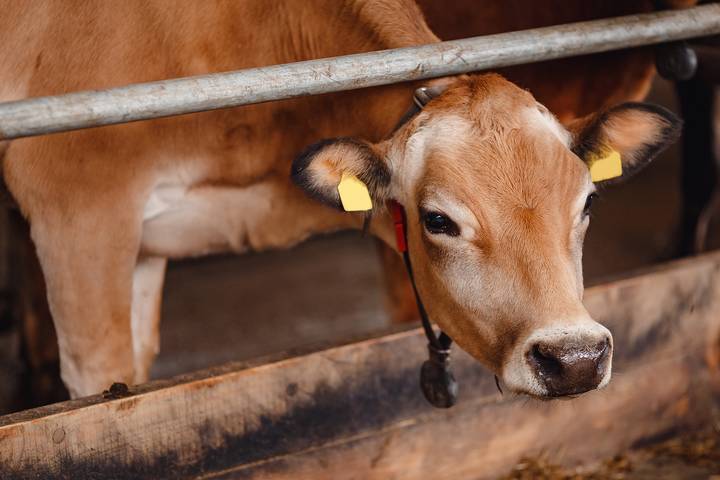
You will want to know exactly how your herd is doing regarding breeding and overall health. Rarely is it the case that a farmer doesn’t need to adjust how they manage their animals over time. The secret to raising beef cattle is listening to the animals and noticing what’s happening. Daily record-keeping is important for this reason.
Stay Current on the Latest
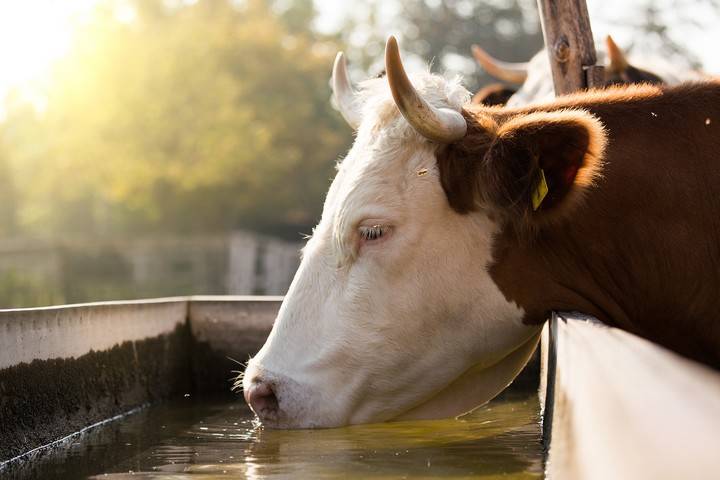
Stay current with what’s going on in beef cattle regulations in your region. You may want to attend workshops or seminars if you’re still learning about best practices in beef cattle management. Building relationships with other farmers, ranchers, and industry stakeholders can also assist in developing your education.

